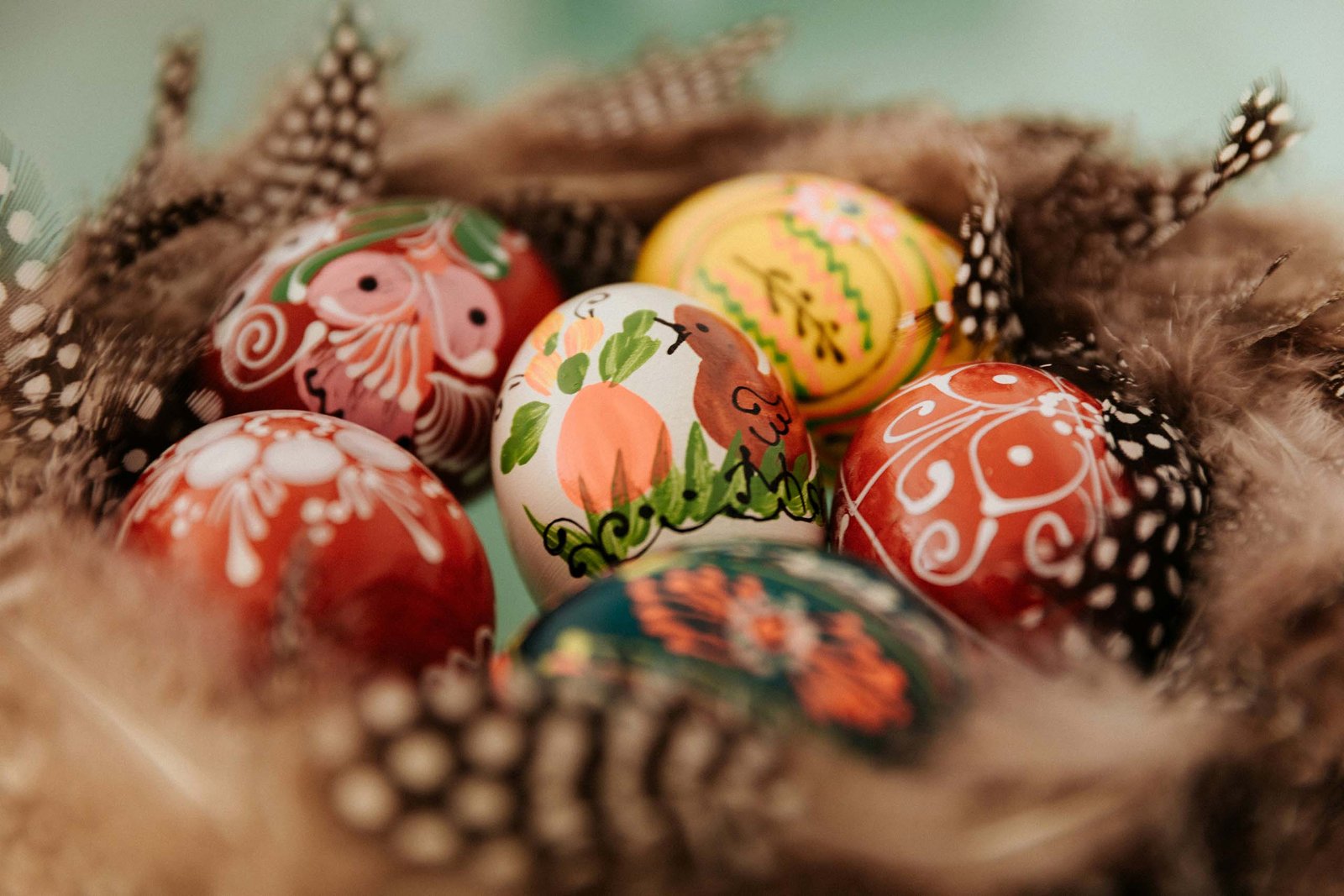
Celebrating Across Europe: A Year of Festivals, Traditions, and Flavors
Discover the maior holidays celebrated in the Europe, their signifcance, traditional celebrations, and iconic foods.
1. New Year’s Day (January 1)
– Significance: Celebrates the beginning of the new year.
– Celebration: Fireworks, parties, and countdowns. In some countries, people jump into cold water (e.g., Polar Bear Plunge in the Netherlands).
– Food: Lentils (Italy, for prosperity), oliebollen (Dutch doughnuts), and champagne.
2. Epiphany (January 6)
– Significance: A Christian holiday celebrating the visit of the Magi to the baby Jesus.
– Celebration: Parades, gift-giving (Spain), and blessing of homes.
– Food: Rosca de Reyes (Spain, a ring-shaped cake), galette des rois (France, a king cake).
3. Carnival (Date varies, usually February or March)
– Significance: A festive season before Lent, with roots in Christian traditions.
– Celebration: Parades, costumes, and street parties (e.g., Venice Carnival, Cologne Carnival).
– Food: Fritters (like Italian frappe), pancakes, and doughnuts.
4. Easter (Date varies, usually in March or April)
– Significance: A Christian holiday celebrating the resurrection of Jesus Christ.
– Celebration: Church services, Easter egg hunts, and family gatherings.
– Food: Roast lamb (Greece, UK), Easter bread (e.g., Italian colomba), chocolate eggs, and hot cross buns (UK).
5. May Day (May 1)
– Significance: Celebrates spring and labor rights.
– Celebration: Dancing around the maypole (Sweden, Germany), parades, and festivals.
– Food: Maibowle (Germany, a spring punch), and seasonal pastries.
6. St. Patrick’s Day (March 17, primarily Ireland)
– Significance: Celebrates the patron saint of Ireland, St. Patrick.
– Celebration: Parades, wearing green, and pub celebrations.
– Food: Irish stew, soda bread, and corned beef with cabbage.
7. Midsummer (June 21-24, primarily Nordic countries)
– Significance: Celebrates the summer solstice and the longest day of the year.
– Celebration: Bonfires, dancing around the maypole, and outdoor gatherings.
– Food: Pickled herring, new potatoes, and strawberries (Sweden).
8. Bastille Day (July 14, France)
– Significance: Celebrates the French Revolution and the storming of the Bastille.
– Celebration: Fireworks, parades, and street parties.
– Food: Baguettes, cheese, and pastries like croissants.
9. Oktoberfest (September-October, Germany)
– Significance: Originally a celebration of Bavarian culture and the wedding of Crown Prince Ludwig.
– Celebration: Beer tents, parades, and traditional music.
– Food: Pretzels, sausages (bratwurst), and roast chicken.
10. All Saints’ Day (November 1)
– Significance: A Christian holiday honoring all saints and deceased loved ones.
– Celebration: Visiting cemeteries, lighting candles, and church services.
– Food: Panellets (Spain, almond cookies), and soul cakes (UK).
11. St. Martin’s Day (November 11, primarily Germany and Netherlands)
– Significance: Celebrates St. Martin of Tours and the harvest.
– Celebration: Lantern processions and bonfires.
– Food: Roast goose, and sweet pastries like Dutch speculaas.
12. Christmas (December 25)
– Significance: A Christian holiday celebrating the birth of Jesus Christ, also widely celebrated as a cultural holiday.
– Celebration: Decorating Christmas trees, exchanging gifts, and attending church services.
– Food: Roast turkey or goose (UK), lutefisk (Norway), panettone (Italy), and stollen (Germany).
13. St. Stephen’s Day/Boxing Day (December 26)
– Significance: Celebrates St. Stephen and includes charitable giving (Boxing Day in the UK).
– Celebration: Family gatherings, sports events, and shopping sales.
– Food: Leftover Christmas dishes, and mince pies (UK).
14. New Year’s Eve (December 31)
– Significance: Celebrates the end of the year and the beginning of the new one.
– Celebration: Fireworks, parties, and countdowns. In Scotland, Hogmanay is a major celebration.
– Food: Fondue (Switzerland), 12 grapes at midnight (Spain), and smoked salmon (Scandinavia).
